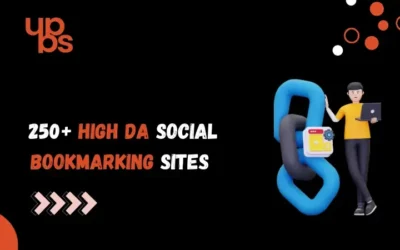Would you stay on a site that takes forever to load? Neither will your visitors. A slow website doesn’t just frustrate users; it also damages your SEO rankings and costs you potential sales. Studies show that websites loading in 3 seconds or less experience lower bounce rates, better user engagement, and higher conversions. The best part? You don’t need any coding skills to improve your website’s loading speed. Here are 5 simple, beginner-friendly steps to help speed up your site today!
1. Compress Images Without Losing Quality
Large image files are one of the biggest culprits of slow websites. Luckily, optimizing your images is easy and requires zero coding.
Use tools like TinyPNG, ImageOptim, or the WordPress plugin Smush to compress images without compromising visual quality. Another great option is to save your images in WebP format, which reduces file size significantly while keeping clarity intact.
Pro tip: Stick to proper image dimensions for your page layout—for example, scaling an image to 1200×800 pixels if that’s the required size for banners or blog headers. Uploading optimized images can shave seconds off your website’s load time.
2. Choose a Lightweight Theme
If you’re using platforms like WordPress, your theme plays a major role in website speed. Overly complex, feature-packed themes may look flashy but can slow your performance down.
Instead, opt for lightweight themes like Astra, GeneratePress, or Neve. These themes are designed with speed in mind, offering fast load times without compromising style. They’re also mobile-friendly and easy to install, making them perfect for users with no technical expertise.
Simply head to your WordPress dashboard, go to the “Themes” section, and activate your lightweight theme in just a few clicks.
3. Enable Browser Caching
Browser caching stores elements of your website (like images and stylesheets) on a user’s device so they load quicker on return visits. This small tweak makes a big difference in overall website speed.
To enable browser caching, use plugins such as W3 Total Cache or WP Fastest Cache. These tools offer simple “on/off” toggles for caching features, eliminating the need to write or edit any code.
By activating caching, you’re not only improving loading time but also enhancing user retention and satisfaction.
4. Deactivate Unused Plugins and Scripts
Every plugin or script you add to your site can affect its performance. Running too many active plugins, especially unused ones, creates unnecessary bloat that slows down your site.
Take a moment to audit your plugins. Ask yourself:
- Do I really need all these tools?
- Are there duplicate functionalities across different plugins?
Remove anything redundant or unused, and consider combining the functions of multiple plugins into one. Also, avoid loading unnecessary third-party scripts or JavaScript files. Keeping your site lean and efficient ensures faster loading speeds.
5. Upgrade to Better Hosting (Plus a Bonus Tool!)
Your hosting provider directly affects how fast (or slow) your website runs. Basic shared hosting plans might seem affordable but often come with limitations in speed and reliability.
For faster performance, upgrade to managed WordPress hosting or optimized cloud hosting. Look for features like SSD storage, built-in Content Delivery Network (CDN) integration, and automatic scaling to handle high traffic spikes.
Pro Tip: Use the Airlift Plugin
If you’re looking for an all-in-one solution to improve website performance, we can’t recommend the Airlift Plugin enough. It handles image optimization, code cleanup, browser caching, and even boosts essential metrics like Core Web Vitals. Airlift’s intuitive dashboard makes speed optimization accessible for small business owners without any tech know-how.
With tools like Airlift, your website can hit 100% speed scores on Google PageSpeed Insights, helping you create a seamless user experience.
Your Website Performance Matters
Improving your website’s load time isn’t just about speed—it’s about better SEO rankings, happy visitors, and higher conversions. And the great news? You don’t have to be a developer to make it happen. By following these 5 simple steps, you can transform your website into a fast, optimized, and user-friendly platform.
Start implementing these tips today to boost your site speed without coding. Need expert guidance? UPBS Technology is the best digital marketing company to help you maximize website performance and online visibility. Reach out to us, and we’ll handle the heavy lifting so you can focus on growing your business.




